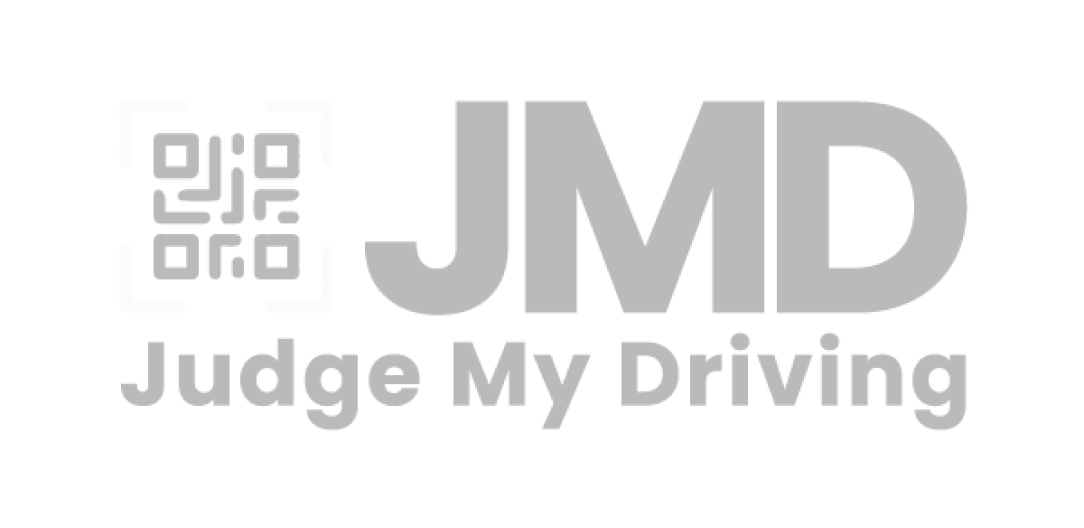How Real-time Feedback Can Improve Teen Driving
Teenagers learning to drive face many challenges. From understanding the rules of the road to developing safe driving habits, there's much to consider. Real-time feedback can play a huge role in helping teens become better drivers. Using QR-coded bumper stickers, real-time feedback allows teens to get instant ratings from other drivers. These ratings provide practical insights that they can use to improve their driving skills.
Understanding Real-time Feedback for Teen Drivers
The explanation of QR-coded bumper stickers for teens is pretty straightforward. These bumper stickers come with a unique QR code that other drivers can scan. When another driver scans the code, they can leave a rating and comments about the teen's driving behavior. This makes it easy for teens to get honest feedback from people sharing the road with them.
How real-time feedback works is also simple. Once a driver scans the QR code and leaves feedback, this information is instantly uploaded to a platform accessible to the teen driver. The input can include ratings on various driving skills, such as lane changes, braking, and following distance. Because the input is real-time, teens can quickly understand their performance and what they need to improve. This immediate insight is crucial for young drivers still learning and adapting to driving.
Benefits of Real-time Feedback for Teen Drivers
An enhanced learning curve through instant feedback is one of the most significant benefits. When teens receive real-time feedback, they can immediately see the impact of their actions on the road. This instant awareness helps them learn faster and correct mistakes more efficiently. For instance, if teens frequently get feedback about hard braking or tailgating, they can immediately adjust their driving habits.
Another crucial benefit is improving safety and responsibility behind the wheel. Real-time feedback makes teens more aware of their driving behavior, encouraging them to be more responsible. When they know that other drivers are rating them, they are more likely to follow traffic rules and drive safely. This heightened sense of responsibility improves their driving skills and makes the roads safer.
Real-time feedback transforms the learning experience for teens by providing timely and constructive insights that promote better driving habits. It is an additional educational tool that reinforces good behavior and immediately corrects poor habits. This mutual benefit of learning and improving safety makes real-time feedback an invaluable resource for teen drivers.
Tips for Teens to Make the Most of Real-time Feedback
Practical feedback interpretation is crucial for improvement. Begin by reviewing the ratings and comments you receive. Look for common themes or frequent mentions of specific behaviors, such as hard braking or tailgating. Each piece of feedback is a clue to what you are doing right and what needs to be adjusted. Don’t take the feedback personally; it’s there to help you become a safer driver.
Steps to act on the feedback received are straightforward. First, identify the most common issues pointed out by other drivers. Next, develop an action plan to address these issues one by one. For example, if multiple feedbacks mention aggressive lane changes, consciously signal earlier and change lanes more smoothly. Practice these changes during every drive, and regularly check new feedback to see if your ratings improve. Consistent practice and adjustment can lead to better driving habits.
Long-term Impact of Real-time Feedback on Teen Driving
Building strong driving habits is one of the long-term impacts of receiving real-time feedback. When teens regularly receive and act on feedback, they become more mindful drivers. This mindfulness translates into safer driving habits that can last a lifetime. Developing good habits early on sets a strong foundation for responsible driving well into adulthood.
Additional benefits like parental peace of mind and lower insurance rates are also significant. Parents can feel more confident knowing their teens receive constant, constructive feedback. This added layer of oversight helps ensure that young drivers remain conscientious and safe. Moreover, consistent positive ratings can lower insurance premiums, as insurance companies often reward safe driving records with reduced rates.
Conclusion
Real-time feedback is an excellent tool for helping teen drivers improve their skills. QR-coded bumper stickers provide instant and actionable insights, allowing teens to make adjustments on the fly and develop safer driving habits. The benefits are clear: quicker learning, enhanced safety, and increased responsibility behind the wheel.
Receiving real-time feedback helps teens become better drivers, offers peace of mind to parents, and can even lower insurance rates. This approach provides continuous, real-world training that a driver’s manual simply can’t offer. Encouraging teens to embrace this system will lead to safer roads for everyone.
Ready to improve your teen's driving skills and enhance road safety? Visit Judge My Driving today to get started with teen driver monitoring through your real-time feedback system.
